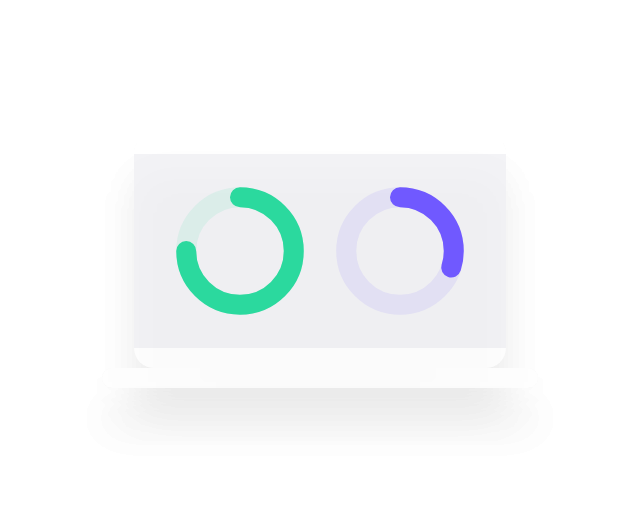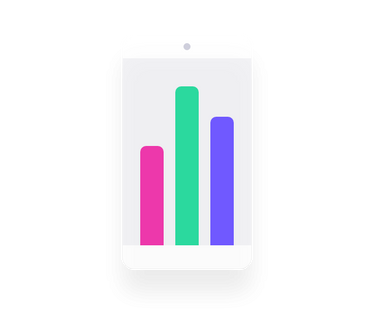Web analytics collects and analyzes data to gain insight into how users interact across the pages of a website or mobile app.
Web analytics measure what users do on your website or mobile app in three categories: acquisition, behavior and conversion.
Web analytics platforms measure many metrics including overall traffic, number of users, how long users stay on a page, pages visited, elements they interact with, traffic sources and much more.
The seven most popular web analytics tools are:
Glassbox
Google Analytics
Adobe Analytics
Hubspot
Chartbeat
Woopra
Open Web Analytics.





